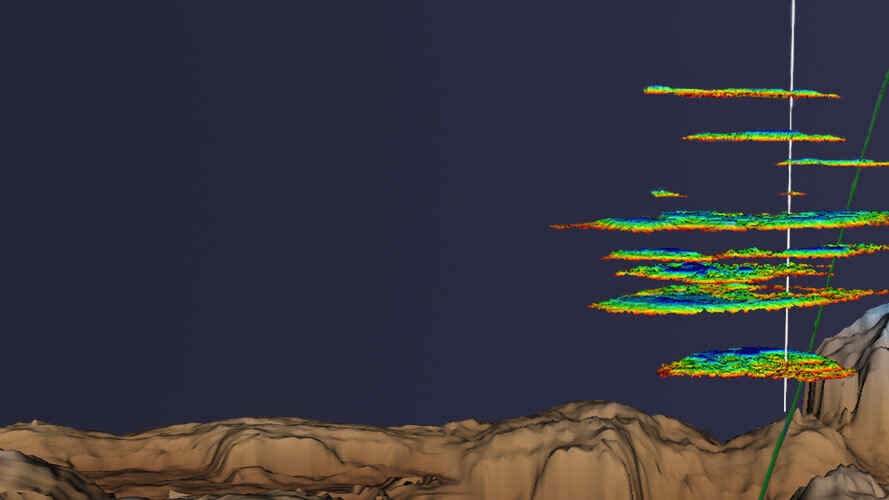 Search
Search
 Search
Search

Jul 07, 2021 | 03:00 AM CST
July 8, 2021 | 12:00 p.m. - 1:00 p.m. UAE (UTC +04:00)
UAE Hosted webinar:
At each stage of the CO2 storage lifecycle, a model of the subsurface is required to understand critical factors such as seal and site capacity, plume migration and distribution, seal, and baffle capacity. These factors drive important decisions such as identifying and de-risking storage sites, injection strategies, surveillance and monitoring, and ultimately helps ensure injected CO2 remains trapped in the subsurface.
It has been widely observed that traditional reservoir simulators struggle to represent the geology in sufficient detail to provide appropriate CO2 storage models, with poor resolution and long simulation run times preventing the generation of representative models. For example, more than two decades of traditional Darcy-flow reservoir simulations at the Sleipner storage of saline aquifer in Norway have been characterized by poor matches to the known plume distribution.
In this webinar, we will see that through the implementation of an advanced invasion percolation algorithm for capillary-dominated flow regimes, based upon the Young-Laplace equation, we can now generate more accurate models of reservoir heterogeneity and its flow properties and use the correct physics for subsurface fluid migration that characterize the flow rates present in CO2 storage. The differentiators to this approach include:

Gareth Williams
Neftex Geoscience Business Support
